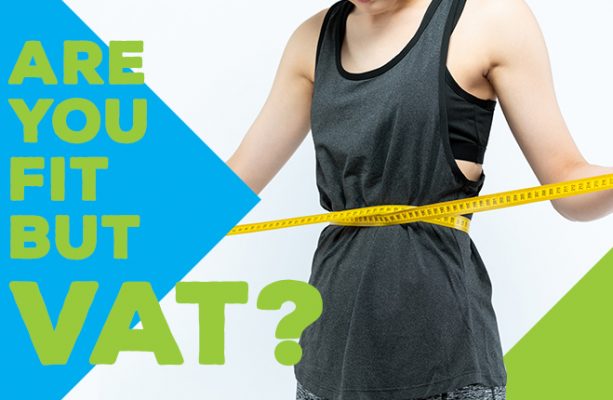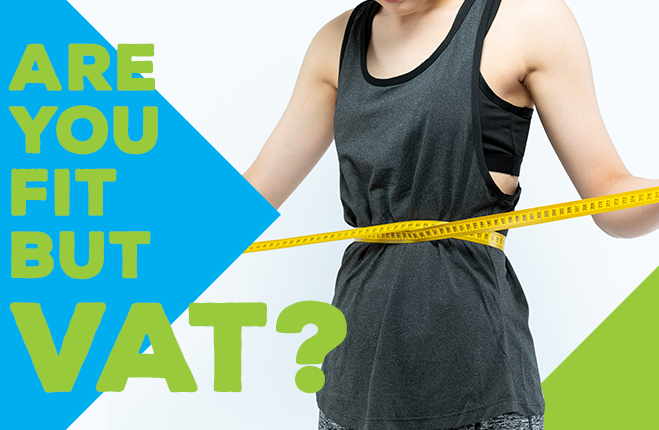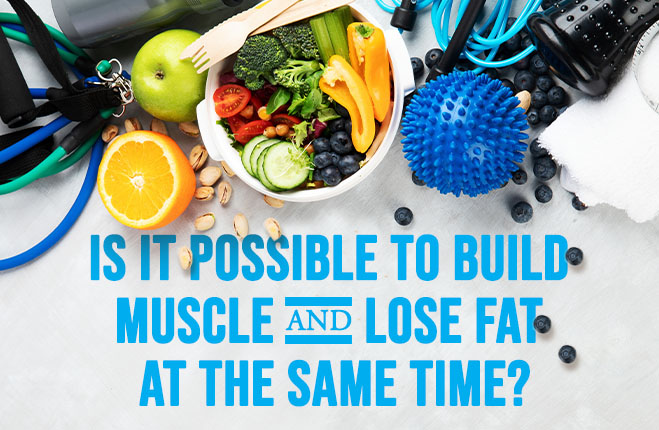 Are you Fit but VAT?
Are you Fit but VAT?
Excess Fat as Measured by your DEXA
Excess adiposity – fat – is well known to contribute to poor health. But did you know that there are different types of fat in your body and each has a different impact on your health?
We all know about the fat we can see, pinch and feel – typically around our waistline – known in the scientific literature as Superficial Adipose Tissue or SAT. This fat sits just under our skin – it’s superficial – which is why we can see, pinch and feel it! Think love handles or muffin top!
The other main type of fat sits deep under the abdominal muscle wall around your organs –known as Visceral Adipose Tissue or VAT.
Both SAT and VAT contribute to our waistline measure and both are indicative of poor health if they cause our waistline to increase. However, VAT has been identified as more dangerous to our health and can place you at a greater risk for cardiometalic disorders such as Metabolic Syndrome, Cardiovascular Disease and Type II Diabetes.
What is my score? Check your DEXA Report!
VAT is reported on your DEXA report in the Adipose Indices Table.
There are three measures for VAT in the table, but only one of these measures is used to predict risk of developing cardiometabolic disorders such as heart disease and Type II Diabetes.
The relevant VAT score at the very bottom of the table is reported as VAT Area in cm2.
How much is too much?
There are three risk profiles for your VAT score: Normal, less than 100cm2; elevated risk 100cm2-160cm2; and High risk 160cm2 and greater.
This score is reported on your BC Report at the top of the page and a helpful diagram indicates where you fall in the risk profile.
I’m fit and not overweight! I’m OK! ….Not so fast!
Just because you have normal body weight doesn’t mean your VAT may not be too high!
Studies have identified Metabolic Obesity in People with Normal Body Weight (MONW) or Normal Weight Obesity (NOW) individuals who have high levels of visceral adipose tissue despite being of apparently normal weight, placing these individuals at similar risk for heart disease and diabetes!
Since the COVID lockdown I have observed plenty of examples of apparently fit and healthy young people who have seen dramatic increases in their VAT, pushing them from a normal range into a higher risk category.
Typically, highly processed foods and alcohol contribute to greater increases in VAT for any given increase in fat mass. Both high sugar treats and alcohol consumption increased during the last lockdown and seem to have contributed to sudden increases in VAT in people who thought they’d only put on a few kilos!
The good news!
Visceral fat is much more metabolic active than SAT, which is what makes it more dangerous. The silver lining is that this characteristic also means that it will respond more favorably to exercise and diet!
What can I do?
Get a DEXA scan to measure your VAT and assess your risk.
Then re-assess your diet to reduce highly processed foods and limit your alcohol intake, and include weekly resistance training and aerobic exercise to promote improvements in your fat mass and your overall body composition.
For more advice book an in-depth DEXA Consult with me at MeasureUp.
BRENDAN BARY, (B. Clinical Exercise Physiology, AEP, AES, ESSAM)
Accredited Exercise Physiologist

